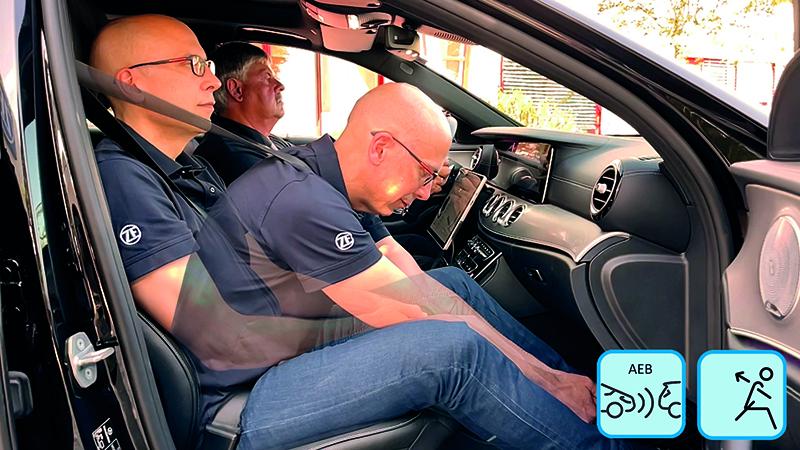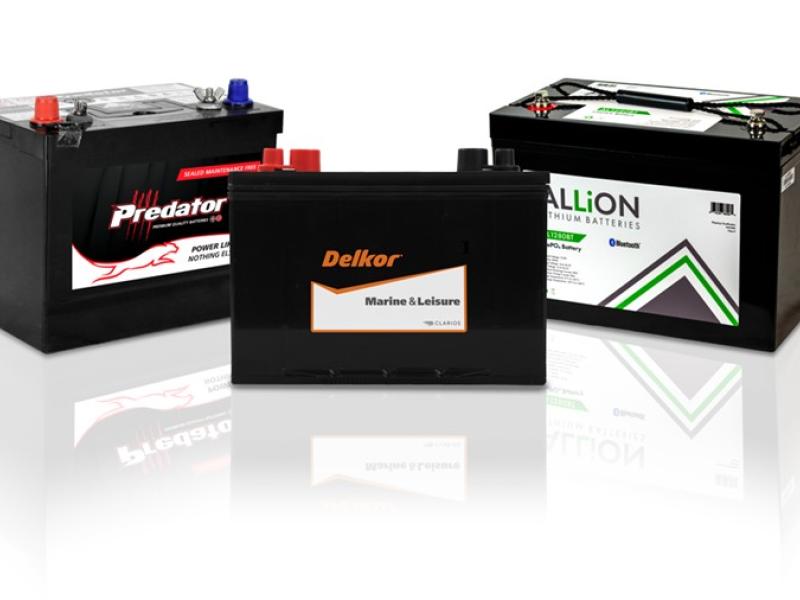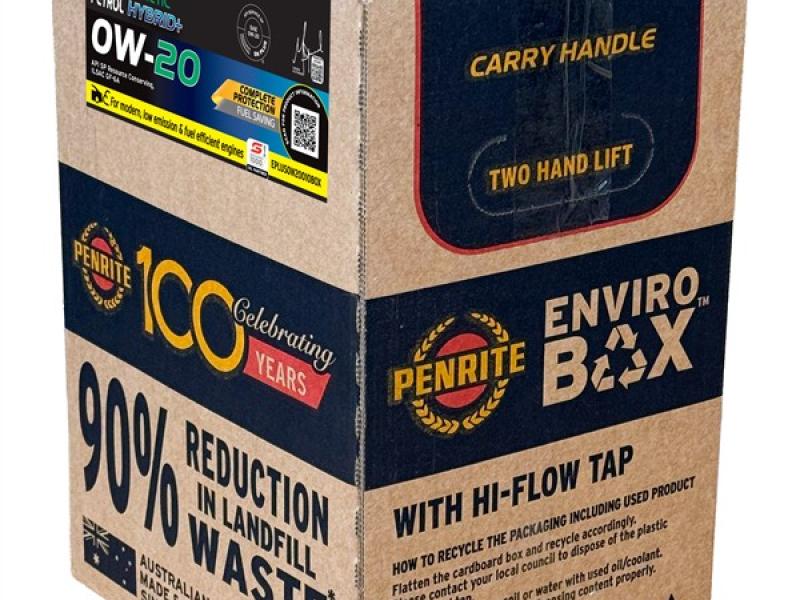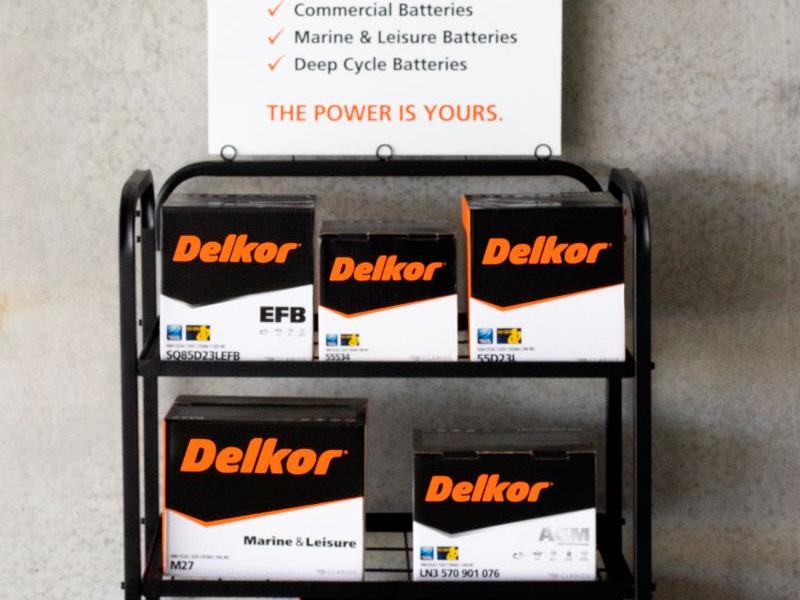Occupant protection starts with occupants seated in the correct seating position with a properly fitting seat belt. Using the vehicle’s sensors, ZF’s new, networked seat belt can actively shift occupants into a more optimal seating position prior to a potential collision. If the system is alerted to a potentially dangerous situation, the belt shifts the occupant in the seat which can enhance the functionality of the restraint system. The heart of the system is the ACR8 electromechanical belt tensioner which can also reduce belt slack or alert the driver by vibrating the belt webbing.
The two restraint systems, the seat belt and the airbag, work ‘hand in hand’ as protective systems: The seat belt initially restrains the upper body, but in the milliseconds after the crash it releases it in a defined manner, in the direction of the airbag until the air cushion catches the occupant. If the belt lacks these reserves, for example because the upper body was already tilted too far forward prior to or during the crash, this can increase the likelihood of injury. This is where the idea of repositioning comes in.
Repositioning: Making the most of the seconds before the crash
As soon as the seat belt is buckled up, ACR8 actively reduces any perceived belt slack, i.e., it tightens the belt once in a defined manner so that it fits snugly against the occupant. If the vehicle sensors detect a critical driving situation that could lead to hard braking or possibly a collision, the seat belt system can use this time to enhance protection for the occupant. For this purpose, it is connected not only to the sensors but also to the automatic emergency brake assistant and shifts the occupant toward the right position and holds them there during the braking manoeuvre. In the event of a subsequent crash, pyrotechnic tightening then begins and functionality of the airbag and seatbelt restraint system is enhanced.
Additional safety buffer
The ACR8 seat belt system can also be used as a haptic signal transmitter – warning or conveying information to the occupant. It can send a signal to ‘wake up’ drivers when some other system senses they are tired. When switching from automated to manual driving, the ARC8 can use high-frequency pulsing of the seatbelt webbing to alert the driver that they must take control again. In this way, the seat belt system can be integrated into the user interface of automated vehicles to get the driver’s attention.
Heart of the system: ACR8 active belt tensioner
At the heart of the protection system is the advanced Active Control Retractor ACR8, which connects information available in the vehicle, retracts the belt by electric motor and can thus build up belt force in a targeted manner. In addition to the functions already described, the ACR8 offers further advantages for automakers: for example, no separate NCAP self-certification is required to use the new system. The ACR8 is also available as a seat-integrated version in which it requires an installation depth of only 60 millimetres instead of 82. This means it can be integrated into many types of car seats without restricting the design.






